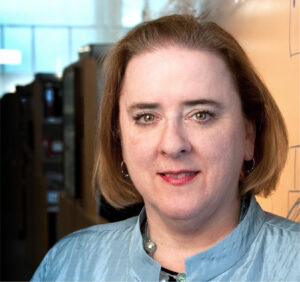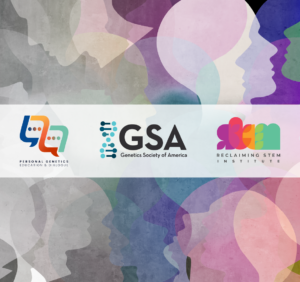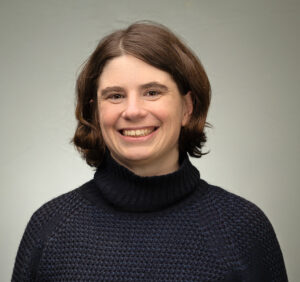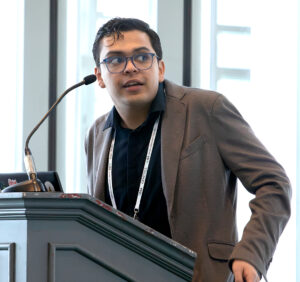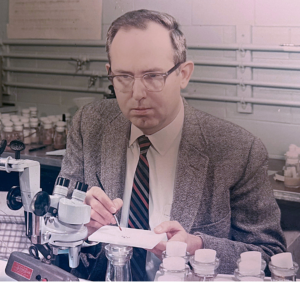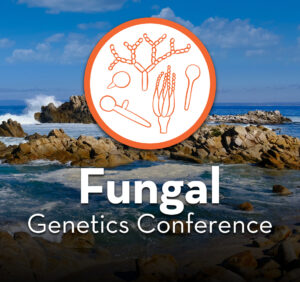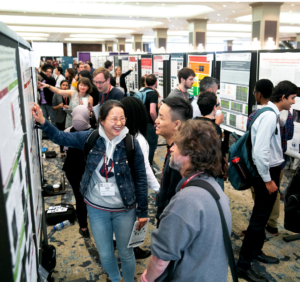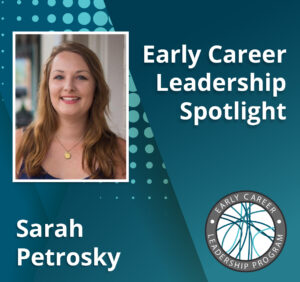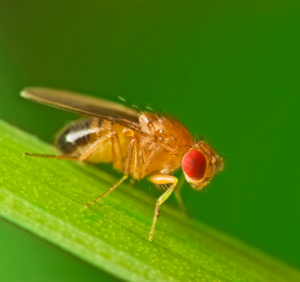Today’s guest post was contributed by Ruchi Jhonsa. Driven by both profession and passion, she is a scientist dedicated to sharing intriguing research with the scientific community. You can follow her on LinkedIn.
To celebrate the 66th Annual Drosophila Research Conference, we’re highlighting exciting new fly research published in GENETICS. These studies explore diverse aspects of Drosophila biology, from aging and gene expression changes in the brain to novel insights into fertility and lysosomal storage disorders. Discover how lineage-specific genes influence sperm function, how mutations in Naglu affect neural development, and how GAL4 driver activity shifts over time.
Age-dependent decline in GAL4 driver expression in Drosophila brains: Implications for aging research
Understanding how different cell types coordinate to form a functional brain requires precise genetic targeting, often achieved using the widely used GAL4/UAS system in Drosophila melanogaster. However, its long-term stability in aging studies has remained unclear. Delandre et al. found that commonly used neuronal drivers (elav[C155]-GAL4, nSyb[R57C10]-GAL4, and ChAT-GAL4) and the glial driver repo-GAL4 exhibit significant declines in activity within 1.5 weeks of adulthood, with some regions losing expression entirely by 30 days. Notably, nSyb-GAL4 maintained the most stable expression. These findings raise concerns about the reliability of GAL4 tools in neurodegenerative research and highlight the need for improved genetic models for aging studies.
Unraveling the N-terminal mysteries of Drosophila Blm helicase
Bloom syndrome helicase (Blm) is essential for DNA repair, cell cycle progression, and development. Mutations in human Blm cause Bloom Syndrome, a disorder linked to increased cancer risk. While the structured RecQ helicase domain is well-conserved, the N-terminal region remains poorly understood. Using CRISPR/Cas9, Beleda et al. deleted two conserved Drosophila Blm regions, revealing distinct roles. Both regions impacted DNA double-strand break repair, but only one affected embryonic development and meiotic crossover formation. These findings provide new insights into the functional significance of Blm‘s N-terminal domain, advancing our understanding of its role in genome stability.
Drosophila model sheds light on Mucopolysaccharidosis type IIIB
Mucopolysaccharidosis type IIIB (MPS IIIB) is a rare lysosomal storage disorder caused by Naglu mutations that ultimately leads to neurodegeneration. Simkhada et al. developed a Drosophila model with Naglu mutations to study disease mechanisms. Mutant flies showed age- and sex-dependent hyperactivity, sleep disturbances, and increased lysosomal compartments in the brain. RNA sequencing revealed gene expression changes linked to synaptic function and neurodevelopment. These findings suggest lysosomal dysfunction disrupts intracellular vesicle transport, including synaptic vesicles. This Drosophila model offers a valuable tool for studying MPS IIIB and developing potential therapies for lysosomal storage disorders affecting the nervous system.
Drosophila gene kj plays key role in fertilization
While Drosophila melanogaster spermatogenesis is well studied, little is known about genes required for sperm entry into eggs. Guay et al. identified a lineage-specific gene, katherine johnson (kj), essential for efficient fertilization. Males lacking kj produce normal sperm, but fertilization success is drastically reduced. KJ protein localizes around the sperm nucleus during development but disappears in mature sperm, suggesting a developmental role. Interestingly, kj has no known homologs but appears conserved across Drosophila species. This discovery provides new insights into male fertility and sperm-egg interaction, revealing how lineage-specific genes shape reproductive success in fruit flies.
References
Dynamic changes in neuronal and glial GAL4 driver expression during Drosophila aging
Caroline Delandre, John P D McMullen, Owen J Marshall
GENETICS. March 2025; 229(3).
DOI: 10.1093/genetics/iyaf014Functions of the Bloom syndrome helicase N-terminal intrinsically disordered region
Colleen C Bereda, Evan B Dewey, Mohamed A Nasr, Venkat R Chirasani, Jeff Sekelsky
GENETICS. March 2025; 229(3).
DOI: 10.1093/genetics/iyaf005A Drosophila model of mucopolysaccharidosis IIIB
Bibhu Simkhada, Nestor O Nazario-Yepiz, Patrick S Freymuth, Rachel A Lyman, Vijay Shankar, Kali Wiggins, Heather Flanagan-Steet, Amrita Basu, Ryan J Weiss, Robert R H Anholt, Trudy F C Mackay
GENETICS. March 2025; 229(3).
DOI: 10.1093/genetics/iyae219An orphan gene is essential for efficient sperm entry into eggs in Drosophila melanogaster
Sara Y Guay, Prajal H Patel, Jonathon M Thomalla, Kerry L McDermott, Jillian M O’Toole, Sarah E Arnold, Sarah J Obrycki, Mariana F Wolfner, Geoffrey D Findlay
GENETICS. March 2025; 229(3).
DOI: 10.1093/genetics/iyaf008













